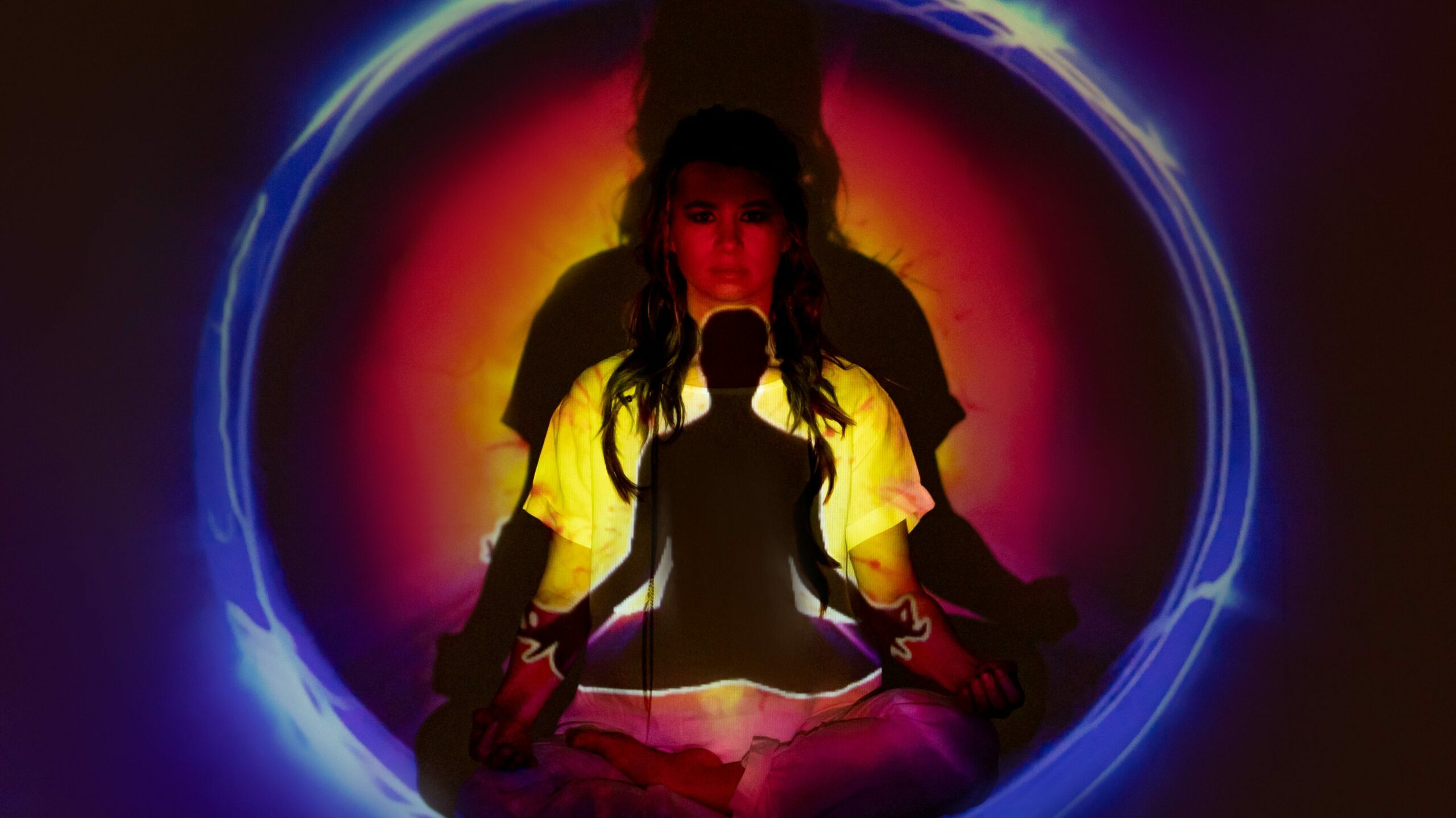The concept of aura, in metaphysical and spiritual beliefs, refers to a subtle energy field that is said to surround living beings, including humans. Auras are believed to be composed of different colors that are thought to represent an individual’s physical, mental, emotional, and spiritual state. The idea of aura colors and their meanings vary among different cultures, belief systems, and practitioners. Some people believe that a positive aura is associated with specific colors, while others may interpret aura colors differently. However, it’s important to note that the existence and interpretation of auras is considered pseudoscience and is not supported by scientific evidence.

When it comes to the color associated with a positive aura, opinions and beliefs vary. Different practitioners of aura reading or energy healing may assign different colors to a positive aura based on their individual perspectives and beliefs. Some practitioners and believers in metaphysical and spiritual practices may associate certain colors with a positive aura based on the color’s perceived meaning and symbolism. Here are some commonly mentioned aura colors that are sometimes associated with positive energy:
- White: White is often associated with purity, clarity, and spirituality. It is believed to represent a high level of consciousness, divine guidance, and a connection with higher realms. A white aura is often seen as a sign of purity, enlightenment, and positive energy.
- Golden: Golden or yellowish hues are often associated with spiritual awakening, enlightenment, and wisdom. A golden aura is sometimes interpreted as a sign of high spiritual development, inspiration, and positive energy.
- Blue: Blue is often associated with calmness, tranquility, and communication. It is believed to represent clear communication, emotional healing, and a peaceful state of mind. A blue aura may be seen as a sign of positive energy, emotional balance, and spiritual growth.
- Green: Green is often associated with nature, healing, and abundance. It is believed to represent growth, renewal, and vitality. A green aura may be interpreted as a sign of healing, balance, and positive energy.
- Pink: Pink is often associated with love, compassion, and emotional healing. It is believed to represent nurturing, kindness, and unconditional love. A pink aura may be seen as a sign of positive emotions, empathy, and loving energy.
- Violet or Purple: Violet or purple hues are often associated with spirituality, intuition, and higher consciousness. It is believed to represent deep spiritual connection, intuition, and psychic abilities. A violet or purple aura may be interpreted as a sign of spiritual awareness, intuition, and positive energy.
It’s important to note that the interpretation of aura colors and their meanings is subjective and can vary among different practitioners and belief systems. Some practitioners may associate different colors or have different interpretations of aura colors based on their individual perspectives and experiences. There is no scientific evidence to support the existence or interpretation of auras, and it is considered pseudoscience by the scientific community.
It’s also worth mentioning that aura colors, if interpreted as positive or negative, should not be used to judge or label individuals. Everyone’s aura, if believed to exist, may fluctuate and change based on various factors such as emotions, thoughts, and external influences. Additionally, aura colors, if interpreted as positive or negative, should not be used as a determinant of an individual’s worth or character.
In conclusion, the concept of aura colors and their meanings is subjective and varies among different practitioners and belief systems. Some practitioners may associate specific colors with positive energy, such as white, golden, blue, green, pink, or violet/purple, based on their interpretation and perspective. However, it’s important to approach the concept of auras with an open mind and critical thinking, as it is not supported by scientific evidence and should not be used to judge or label individuals.
